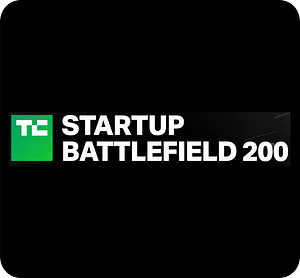Retail and BankingDiscovering the Financial Impact of a Retail Loyalty Program Objective Determine the actual financial impact of the retailer's loyalty program by comparing customer spending patterns before and after program enrolment.Overview Using Omnisient, the...
Case Study
How Banks use Shopping Data to determine Credit Risk
Cross-Industry Collaboration: Banking and Retail
Objective
Use a retail grocer’s loyalty shopper data as an alternative data source for predicting credit risk among credit invisible applicants, aiming to grow financial inclusion, especially within the lower-income demographic.

Overview
Recognizing the potential of loyalty shopper data, especially from a retail grocer catering to a lower-income demographic, we set out to overlay this data with banking datasets. The goal was to identify mutual customers and understand the shopping behavior of “good borrowers.” This would allow banks to establish a risk profile based on this behavior and offer credit to credit invisible applicants, who typically would be declined.
The grocer and the banks used Omnisient’s desktop application to anonymize and tokenize their customer datasets with Omnisient’s US patented Crypto-IDs before uploading to Omnisient’s secure and neutral “escrow-like” environment in the Cloud for overlapping and analysis:
- Loyalty Shopper Data: This data provided insights into the shopping behaviour of millions of anonymized individuals. With the initiative targeting individuals without credit, this data set was particularly relevant, because it tracked cash-based purchases mostly made by shoppers without credit.
- Bank Loan Repayment Data: This data provided an overview of bank clients who had taken out a loan. This dataset was overlapped with the retailer’s shopper data to reveal the shopping patterns of the bank clients considered “good borrowers”. This enabled the bank to build and test predictive models for loan repayment based on the shopping behavior of their “good borrowers”.
Omnisient’s data scientists played a critical role in this initiative. Recognizing the limitations of existing tools in identifying relevant retail-specific data and patterns for credit risk assessment, they leveraged their retail experience to develop custom code. This code allowed them to extract and summarize relevant information from raw data, such as identifying patterns based on the retail calendar, weekend dynamics, month-end spending trends, and correlating transaction types (cash vs. card) with credit default likelihood. This human-driven data preparation enhanced the accuracy and quality of information used by our embedded machine-learning tools for predicting customer behavior and credit risk.
Insights Revealed
Possible Financial Inclusion
There was a significant overlap of 900,000 users between the bank’s 10.5 million customers and the 1.7 million property portal users.
Improved Understanding
Enhanced understanding of transaction dynamics, such as month-end spending and cash vs. card preferences, which correlated with credit risk.
Impact
The Retail Grocer
The retail grocer now has a new revenue stream generated by banks subscribing to access to their data to assess credit risk of new applicants with no credit history.
The Banks
The new predictive model is 40% more accurate at predicting loan repayment by credit invisible applicants. With this tried and tested new ability to predict loan repayment, the bank can now – with applicant consent – use an applicant’s shopping history to determine their credit risk. This enables the bank to now target a new market previously considered too risky and grow their credit customers at lower risk. One bank has equated this to an increase of 29% in credit revenue.
The Consumers
Based on shopping history alone, 3.2 million of the retailer’s customers now qualify for more affordable, life-changing credit who would have previously been declined due to lack of credit history.
Book a Product Demo to Learn More
Book a demo and discover how we help your business unlock the power of 1st party data collaboration without the risks.














